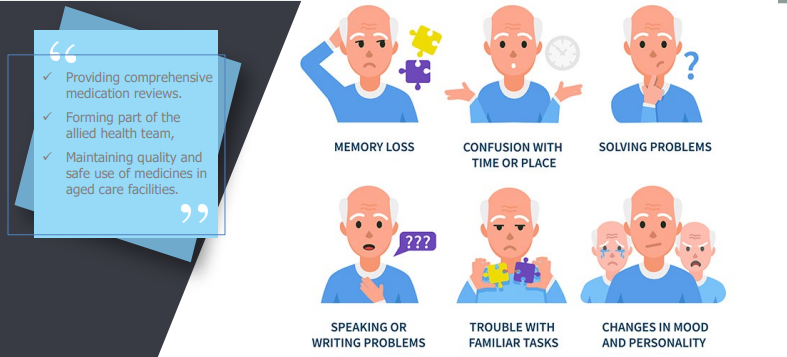- Email: info@ezymed.com.au
- Phone: 1300 EZY MED
Do Not Rush to Crush
Swallowing difficulty {dysphagia}, can occur in any age group. Many older adults are unable to swallow medicines due to age-related changes in salivary gland ; function or medical conditions such as stroke, Parkinson's disease or motor neuron A guide ols aged disease. Some people have an aversion to swallowing medicines and hence tend to care
Pharmacological Management of Chronic Non-Cancer Pain
in Frail Older People In Australia, almost 1 in 4 older adults aged 65 years and over suffer from chronic pain Chronic non-cancer pain is a common problem among older people and has a significant impact on their quality of life. Medical comorbidities and polypharmacy are often additional challenges in managing these patients. Appropriate assessment
High Risk Medicines | APINCH
High-Risk Medicines are those that have a high risk of causing injury or harm if they are misused or used in error. Error rates with these medications are not necessarily higher than with any other medicines, but when problems occur, the consequences can be more significant. The National Safety and Quality Health Service (NSQHS) Standard
Diabetes Insulin Management
Diabetes in the Elderly Around one-quarter of all people living in residential aged care facilities (RACFs) have diabetes. These people may have lived with the condition for many years and may be living withcomorbidities and diabetes-related complications, particularly with insulin management. As a result, care is often complex.● For older people living in residential aged
Falls Balancing Risk – EzyMed
Falls are one of the major causes of injury amongst older people and stand as the second leading cause of death worldwide. Did you know Falls are a major health issue in the community, with around 30% of adults over 65 experiencing at least one fall per year Falls account for 40% of injury-related deaths and one
Behavioural and Psychological Symptoms of Dementia
Behaviour Management and BPSD (Behavioural and Psychological Symptoms of Dementia) Challenging behaviours are a common symptom of dementia and remain to be one of the biggest challenges to care, staff. When poorly managed, these behaviours can have far-reaching effects, including distress for the client, disruptions to the lives and comfort of other clients, and added
Improve quality of care through continuous quality improvement
Overview of the “Mandatory Quality Indicator Program Manual 2.0 –Part B” (Program Manual B) Program Manual B’s is designed to help providers understand how they can support continuous quality improvement for each of the quality indicators. It explains what “quality improvement” is and how to undertake it by, • reintroducing the five quality indicators found
Polypharmacy – A New Mandatory Quality Indicator
The National Aged Care Mandatory Quality Indicator Program started in 2019. From July 2021, there will be two new quality indicators (QIs) that Aged Care Providers will have to report on: • Falls and major injury• Medication management What is required within the Quality Indicators on Medication Management? The Medication Management QI covers two issues:
Principles of Antimicrobial usage in aged care
Antibiotic use in Australian services (RACS) continues to increase! BUT WHY ? …. COMMON ISSUES The use of urine dipstick testing as a first step in diagnosing UTIs Prolonged duration of antimicrobial use – The majority of infections should not exceed 7 days of treatment. High rates of topical antimicrobial use, particularly for PRN administration
Our TGA and DOH approved Facility
Ezymed delivers the first true end-to-end, ‘turn-key’ medication management solution. Our facility located in Sydney’s inner west is a TGA licenced packing and wholesaling facility, utilising a NATA accredited, ISO8 particle-controlled cleanroom. We have two offerings which are usually used together, but are also available separately: 1) Automated DAA provision & 2) Professional QUM management










